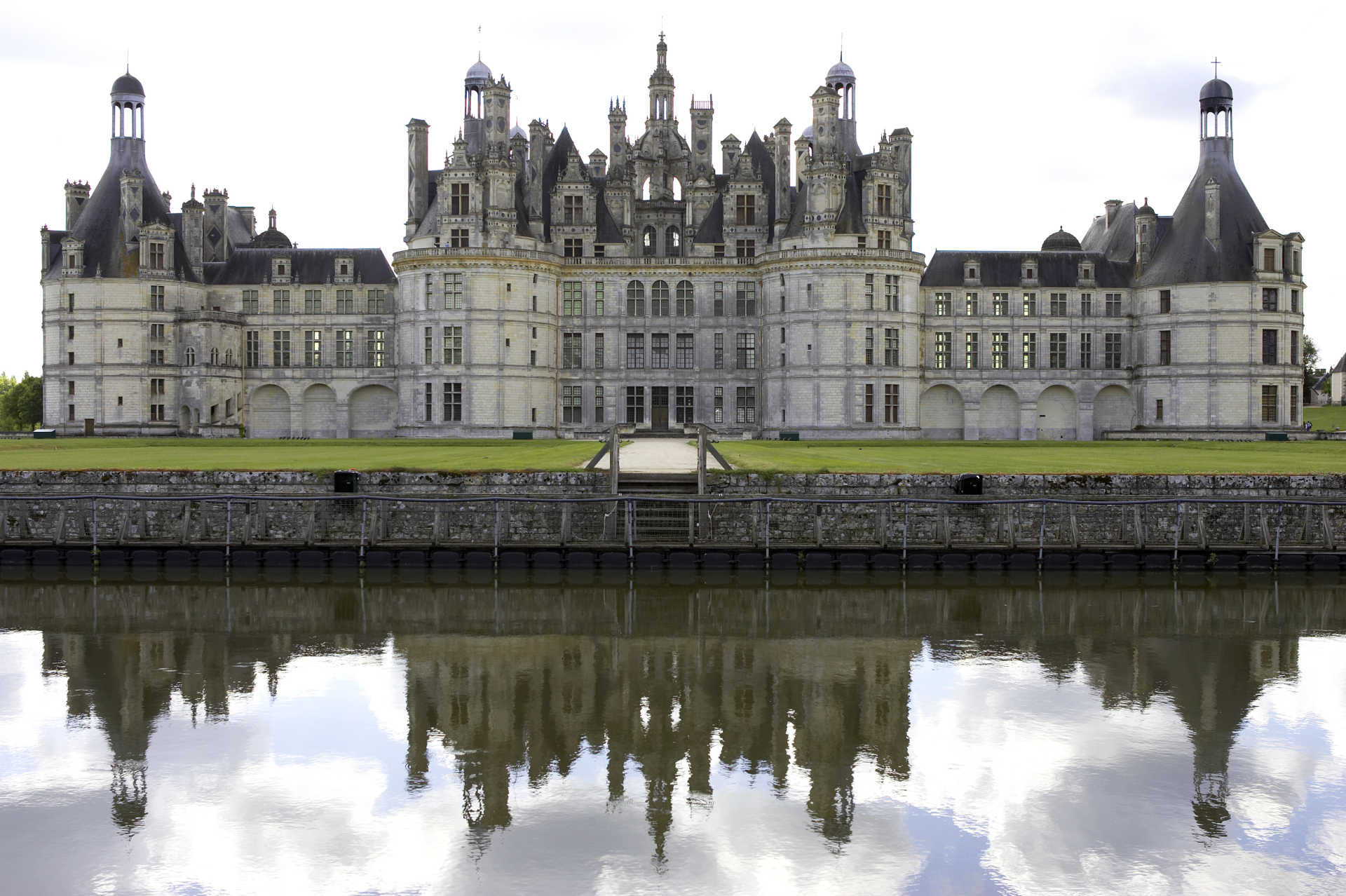Marc Bredif Royal Oyster Muscadet Sevre et Maine 2020



Product Details
Your Rating
Somm Note
Winemaker Notes
A fine and expressive bouquet full of white flowers and citrus fruit including lime and grapefruit aromas. The bouquet develops notes of white fleshed fruit (pêche de vigne). This wine has a beautiful fresh attack and a beautiful evolution of vivacity and lovely minerality. The finish is aromatic and full of citrus fruit. As the name suggests, this wine is a fantastic complement to oysters and shellfish.
Other Vintages
2018-
Wilfred
Wong





With its majestic cellars in the heart of the Touraine, Marc Brédif has been one of the most famous Vouvray and Chinon houses since 1893. When Baron de Ladoucette took over the house in 1980, he breathed new life into the century old winery, while preserving its traditions. Today, Marc Brédif continues to produce Vouvray and Chinon wines of the finest quality.
The grapes for the Marc Brédif Chinon grow in the northern part of the Chinon area, in Savigny-en-Véron. The vineyards are principally gravelly and have mostly north / south sun exposure. Grown on the lower slopes along the Loire Valley in Vouvray and Vernou-sur-Brenne, the grapes for the Marc Brédif Vouvray enjoy Northern/Southern exposure.
The troglodytical (cave-like) cellars of Marc Brédif are among the largest and most beautiful of the appellation. The cold and humid caves, dug deep into the hillsides, offer extraordinary wine storage conditions.

Made famous in Muscadet, a gently rolling, Atlantic-dominated countryside on the eastern edge of the Loire, Melon de Bourgogne is actually the most planted grape variety in the Loire Valley. But the best comes from Muscadet Sèvre et Maine, a subzone of Pays Nantais. Somm Secret—The wine called Muscadet may sound suggestive of “muscat,” but Melon de Bourgogne is not related. Its name also suggests origins in Burgundy, which it has, but was continuously outlawed there, like Gamay, during the 16th and 17th centuries.

The Pays Nantais, Loire’s only region abutting the Atlantic coast, is solely focused on the Melon de Bourgogne grape in its handful of subzones: Muscadet-Sèvre et Maine, Muscadet-Coteaux de la Loire and Muscadet-Côtes de Grandlieu. Muscadet wines are dry, crisp, seaside whites made from Melon de Bourgogne and are ideal for the local seafood-focused cuisine. (They are not related to Muscat.) There is a new shift in the region to make these wines with extended lees contact, creating fleshy and more aromatic versions.
